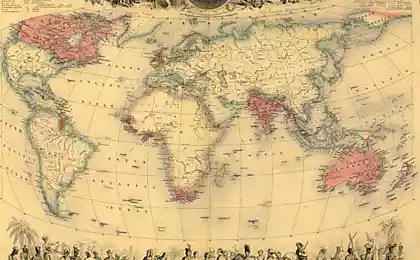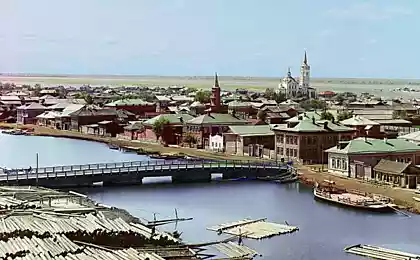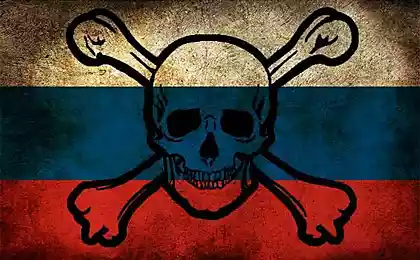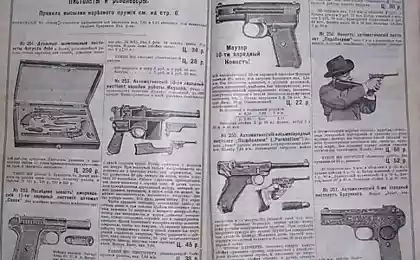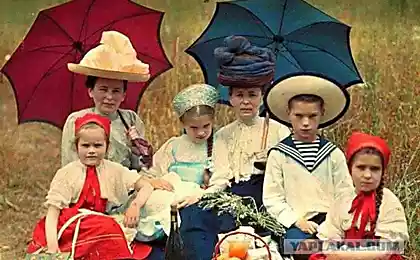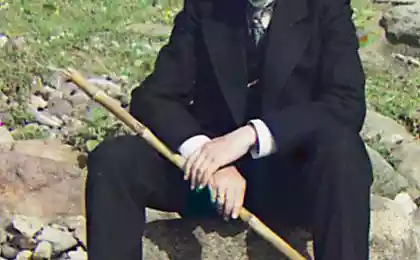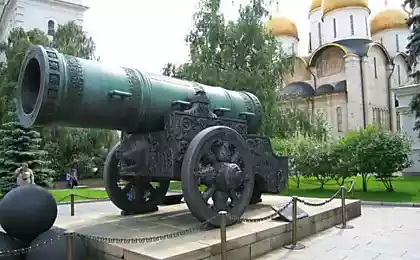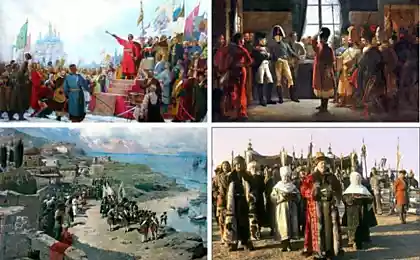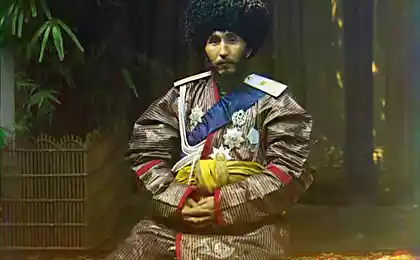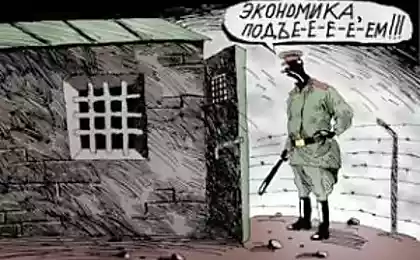1153
Rare color photographs of the Russian Empire in the early 20th century
Cycle color photographs, filmed back in 1911. From a hundred years ago the color come from? How was this done? Not long ago, 50-60 years ago, color photo was not that exotic, but it is extremely rare! < Website published an article LiveJournal blogger Alexei Zheleznova, which tells about the Russian photographer Sergey Prokudin-Gorsky, which has developed its own unique method of creating color photographs. Thanks to his genius, we have great pre-revolutionary Russia pictures in color!
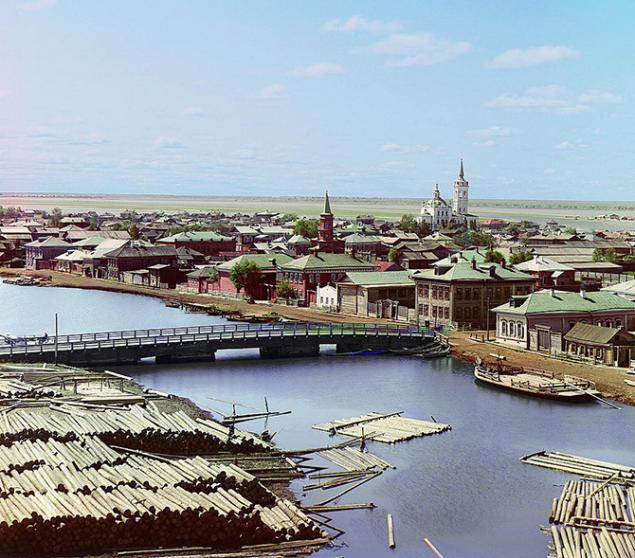
talented chemist, keen photographer, a graduate of the St. Petersburg Institute of Technology, Sergey Prokudin-Gorsky, in 1906 published a series of articles devoted to the principles of color photography. During this period, he had perfected a new method provides the same color sensitivity across the spectrum, he could already make color images suitable for projection. Then he develops and a method of transferring a color image based on the separation of colors into three components. He shot the objects three times through three filters - red, green and blue. Get three positive black and white plates.
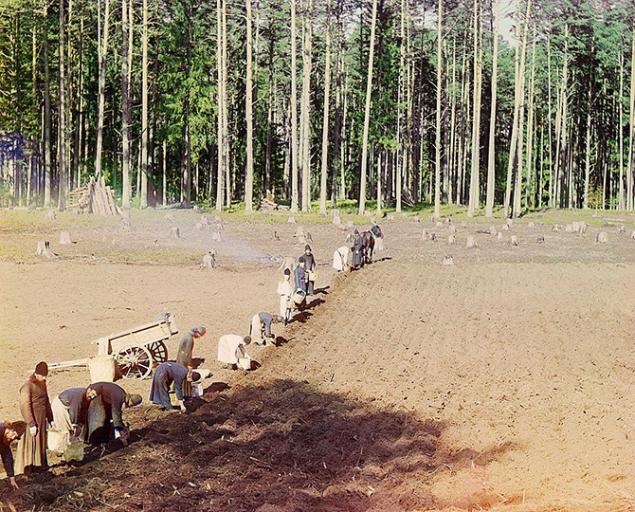
For later playback image he used a three-section slide projector with a blue, red and green. All three images on three plates simultaneously projected on the screen, whereby the present had the opportunity to see full-color image. As for 1909 is already well-known photographer and editor of "Amateur Photographer", Sergei Mikhailovich had the opportunity to realize his dream - to make a chronicle of the Russian Empire
.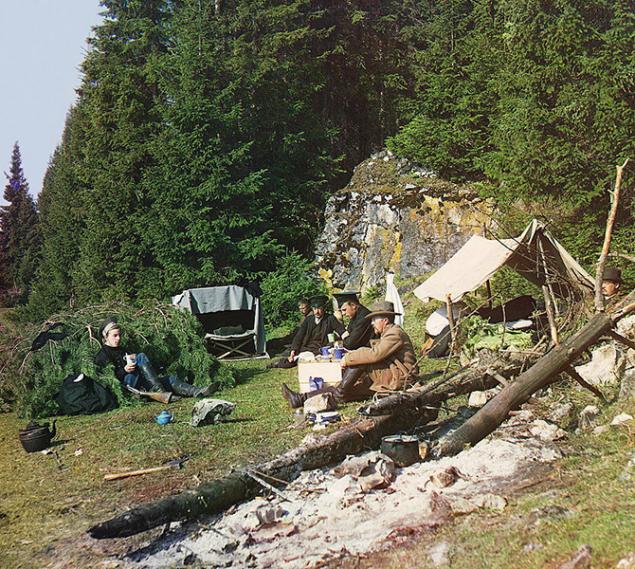
On the recommendation of the Grand Duke Michael, he outlines his plan to Nicholas II and received the warmest support. Over the next few years, the government allocated Prokudin-Gorsky specially equipped railroad car to travel for the purpose of photographic documentation of the life of the empire.
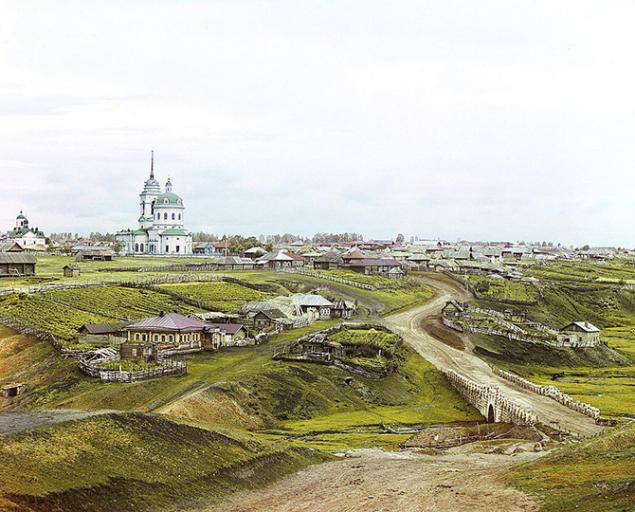
During this work it has been filmed several thousand plates. The technology display a color image on the screen.
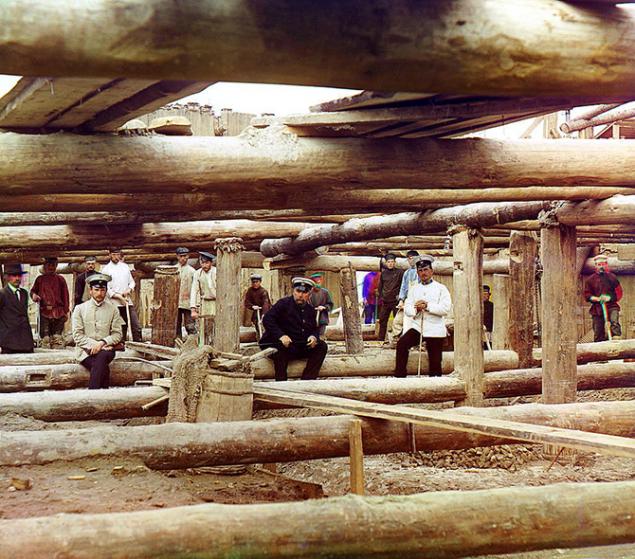
And most importantly - a gallery of beautiful photos of unprecedented quality and volume. For the first time such a series of images has been broken down into color. Then only to output using an overhead projector to the screen.
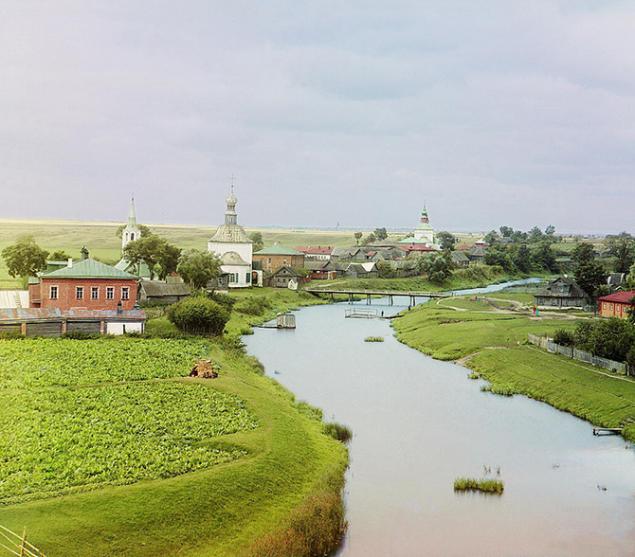
Unusual and the fate of these photographic plates. Prokudin-Gorsky was able after the death of Nicholas II go first in Scandinavia and then to Paris, taking with them almost all the results of many years of work - glass plates 20 boxes
.
In 1920 Prokudin-Gorsky lived in Nice, and the local Russian community received a precious opportunity to show his paintings in the form of color slides. Sergey was proud that his work helped the young Russian generation on alien soil to understand and remember, looked like their lost homeland - in its most real form, preserving not only color, but also its spirit
.
The collection of photographic plates and survived numerous crossings family Prokudin-Gorsky, and the German occupation of Paris.
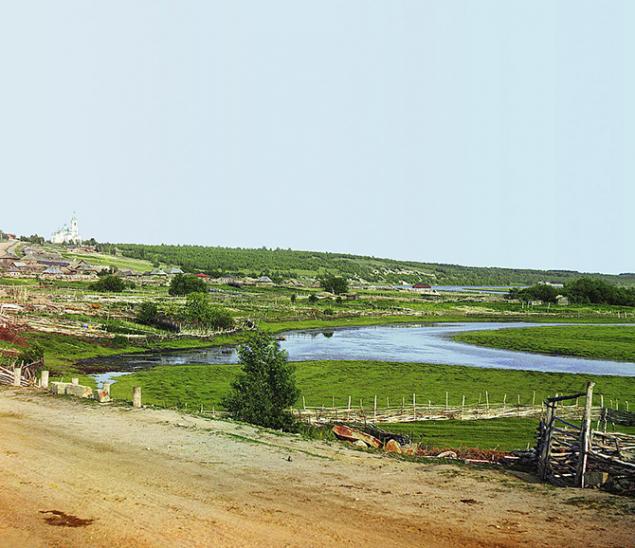
In the late 40-ies in the United States raised the question of the publication of the first volume of "History of Russian Art", edited by Igor Grabar. And the possibility of supplying its color illustrations. And then I remembered the translator of this work, Princess Maria Putiatina, that in the beginning of the century her father in law, Prince Putyatin presented to Tsar Nicholas II of a professor of Prokudin-Gorsky, who developed a method of color photography by color separation. According to her, the professor's sons lived exiled in Paris and were the custodians of the collection of his images.
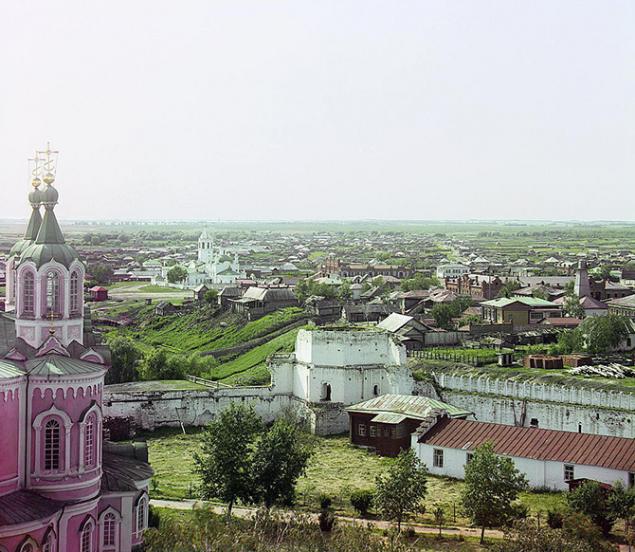
In 1948, a representative of the Rockefeller Foundation acquired Marshall from Prokudin-Gorsky about 1,600 photographic plates for the sum of $ 5,000. Since then, the plates were kept for many years in the US Library of Congress.

Only recently someone had the idea to try to scan and combine trehplastinochnye photographs Prokudin-Gorsky on the computer. And it happened almost a miracle - seemed lost images alive forever
.
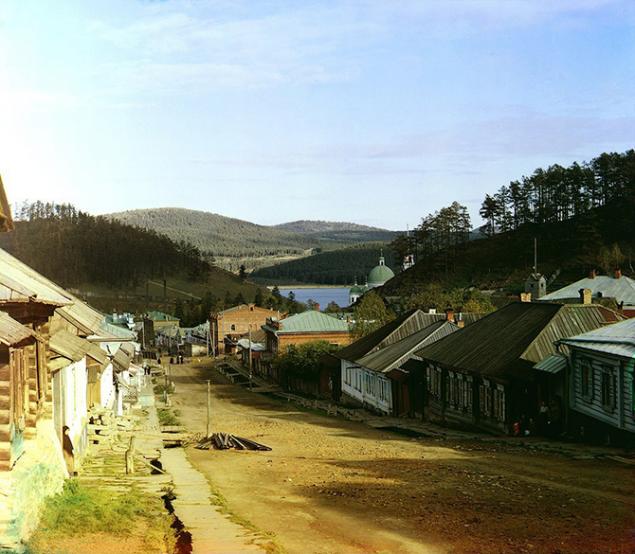
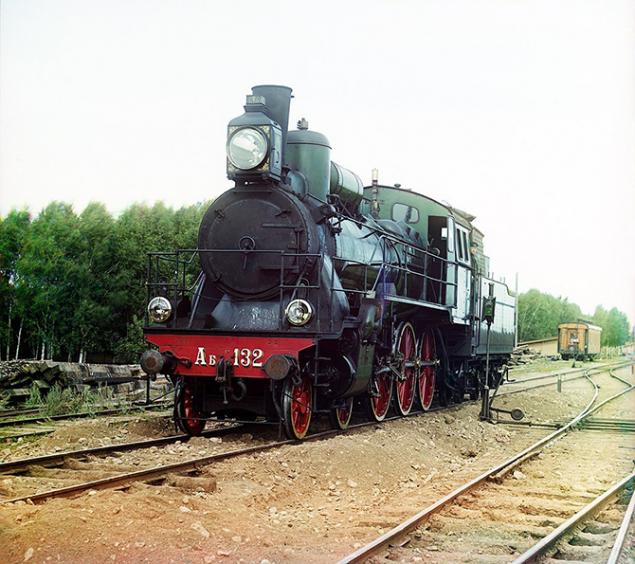
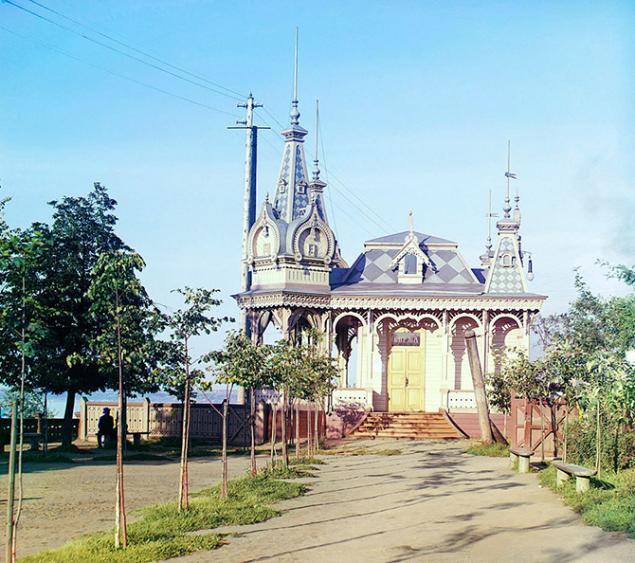
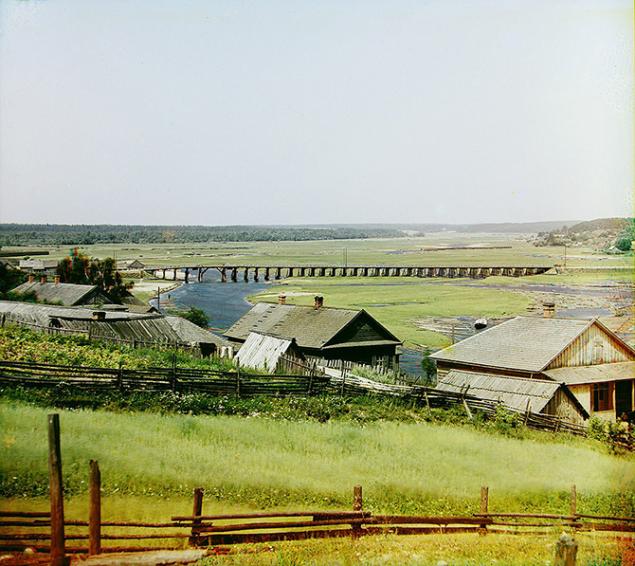
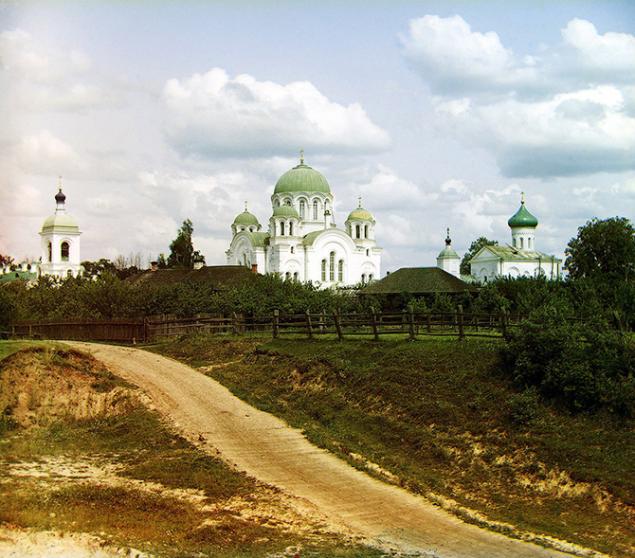

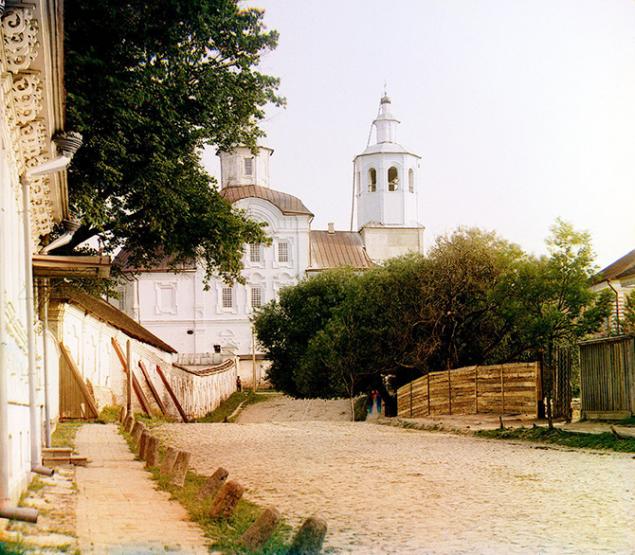
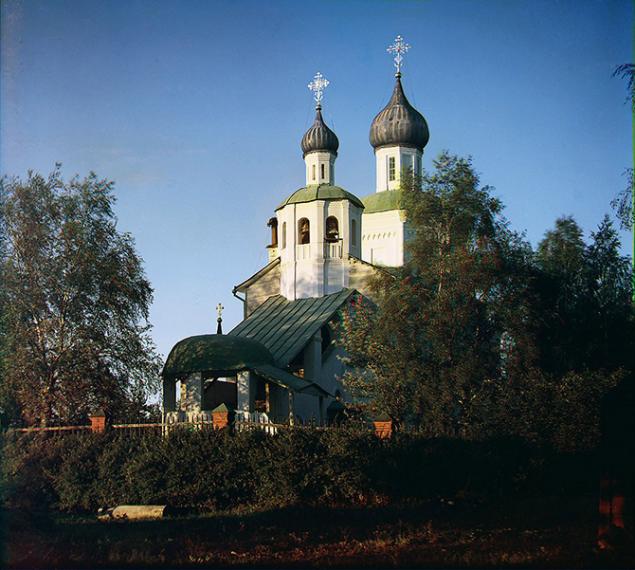
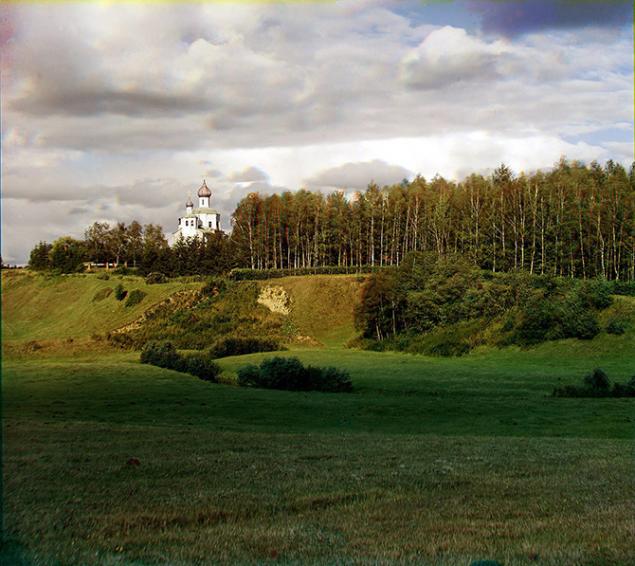
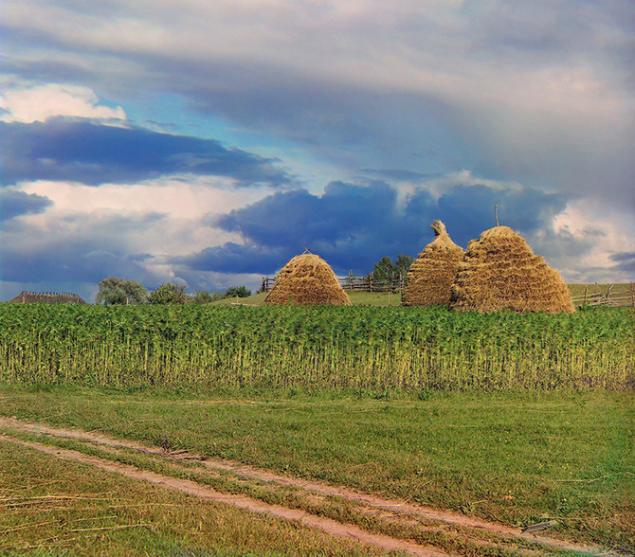
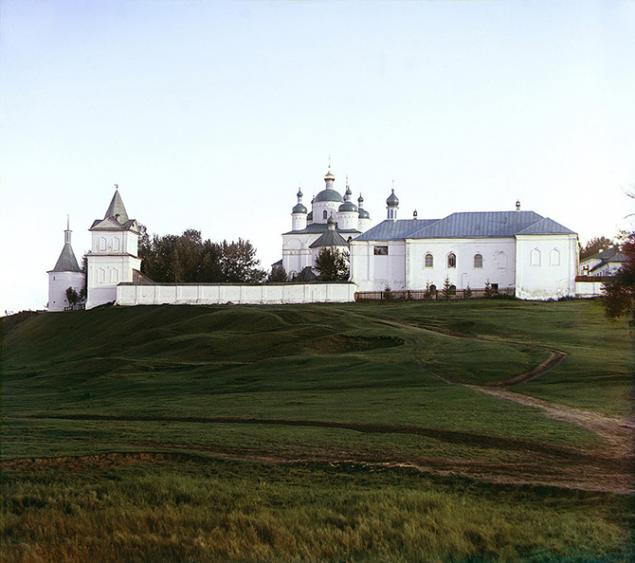
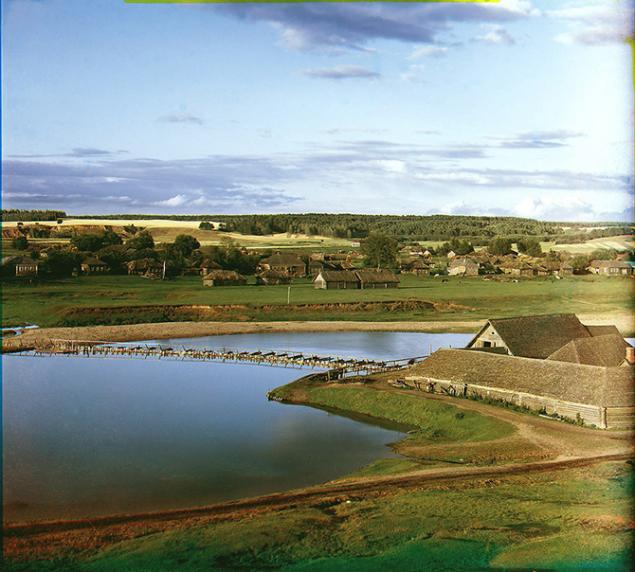


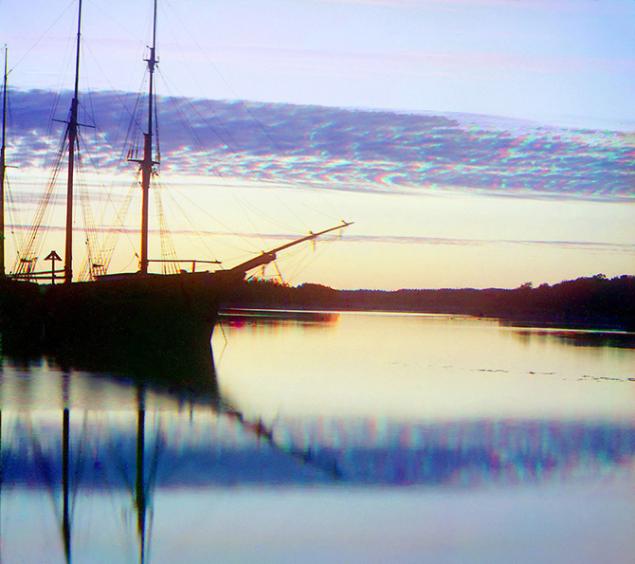
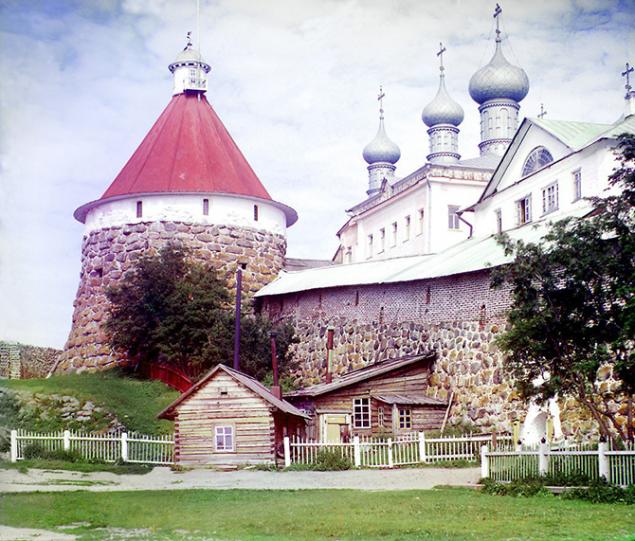
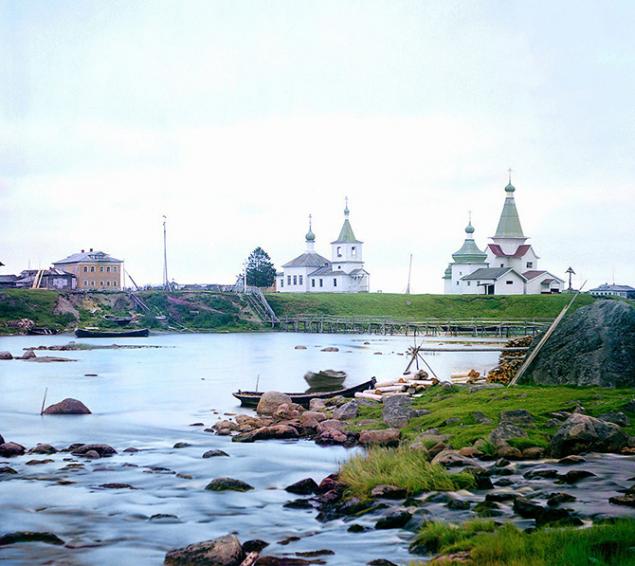

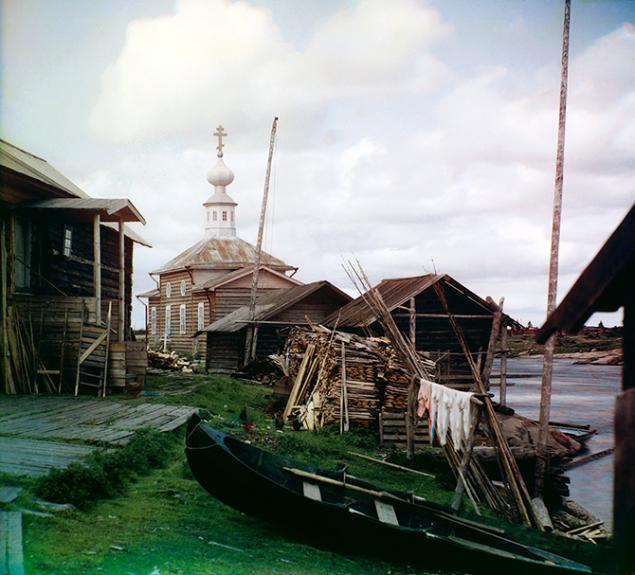
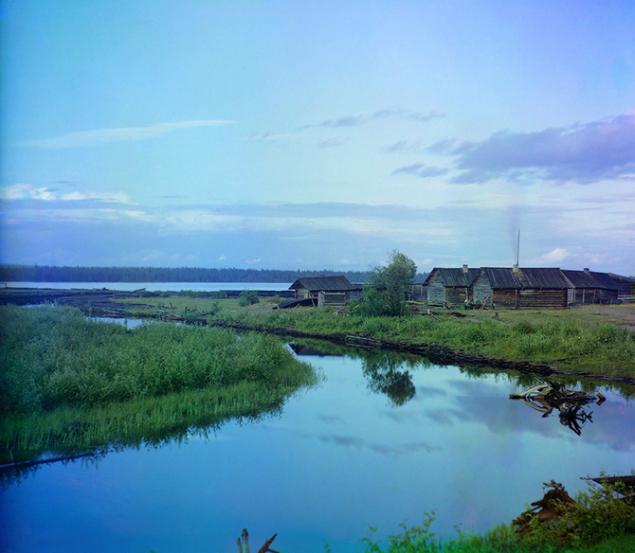

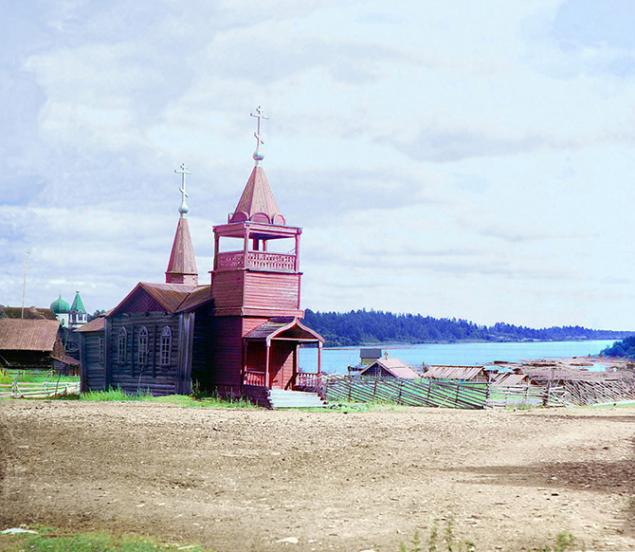



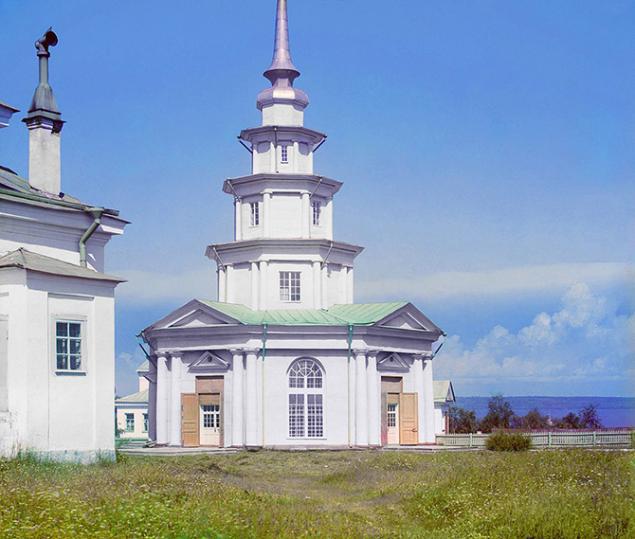
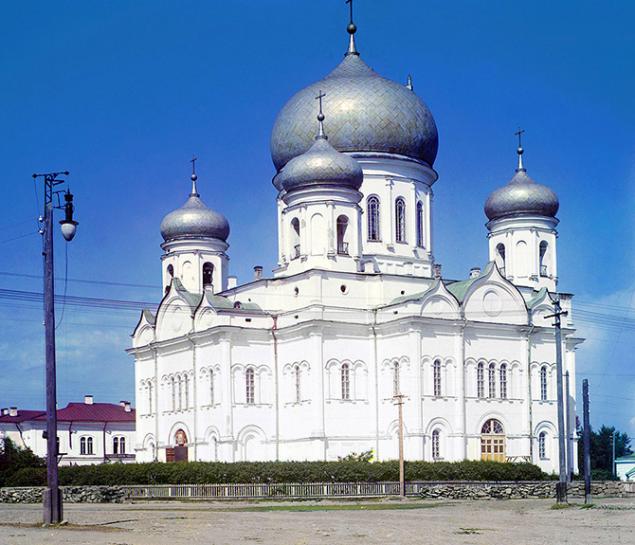

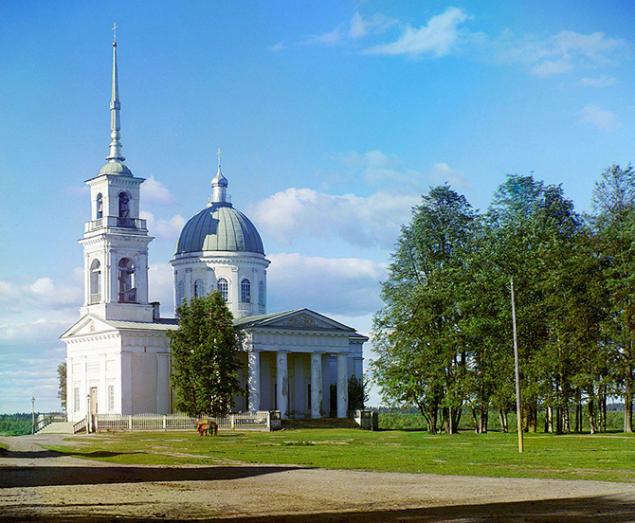

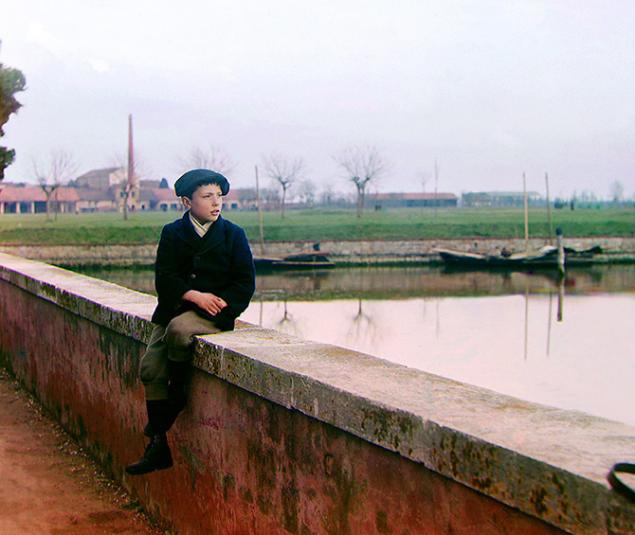
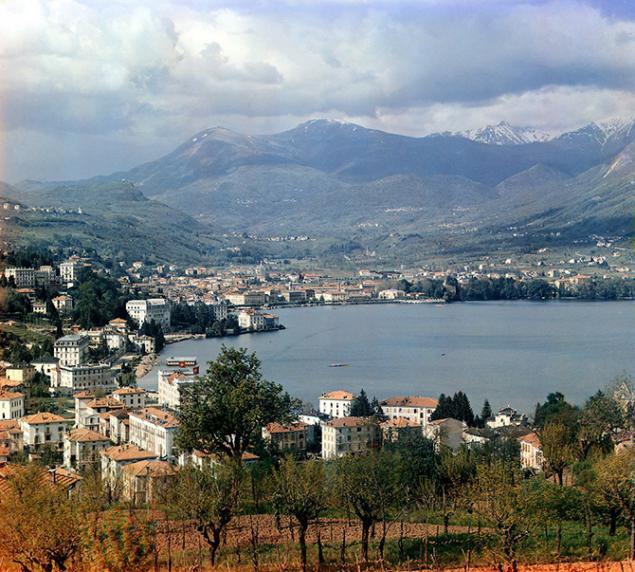
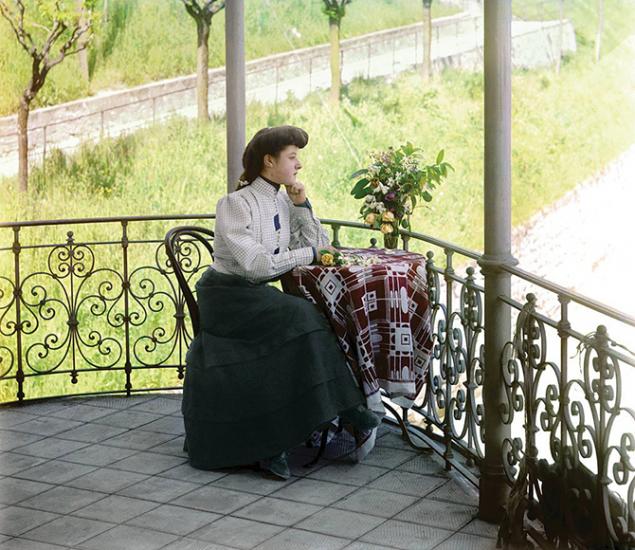
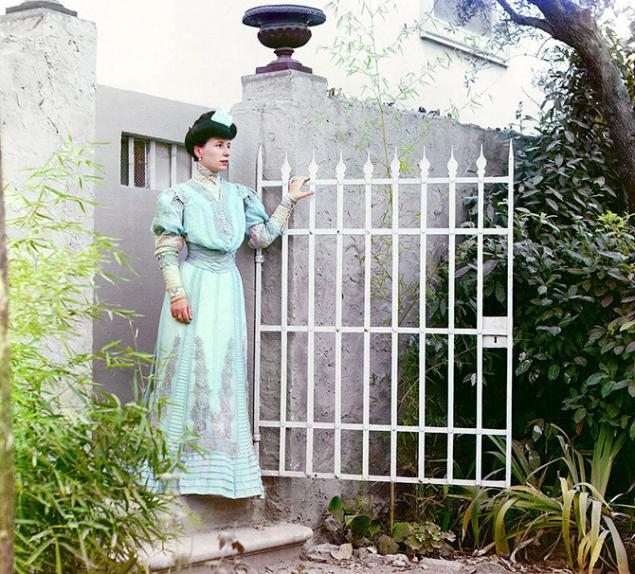
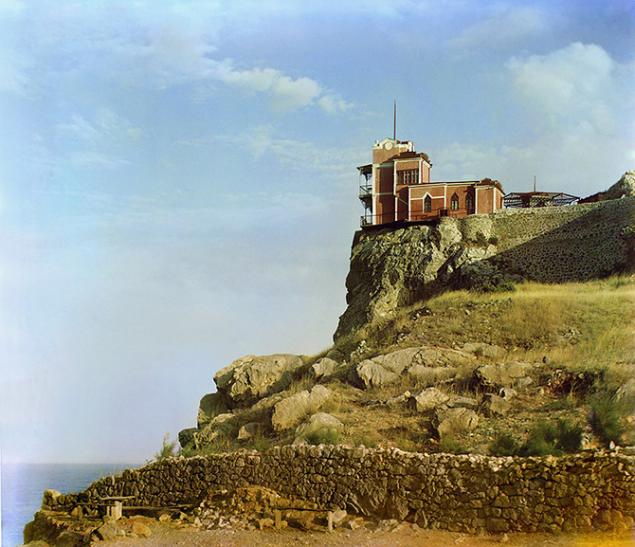
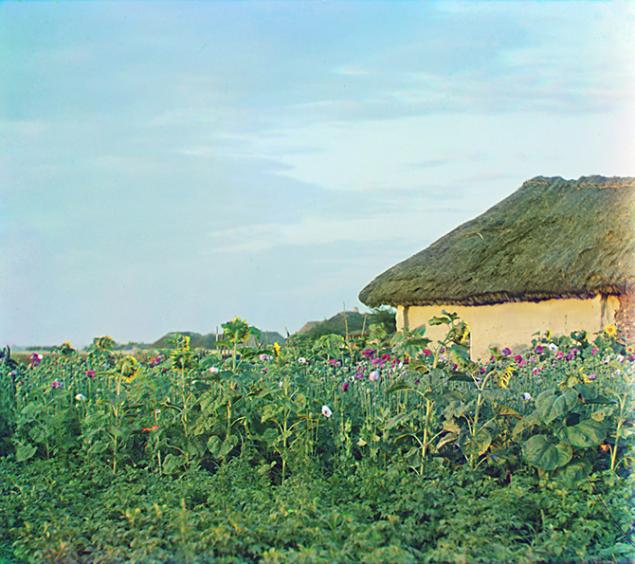
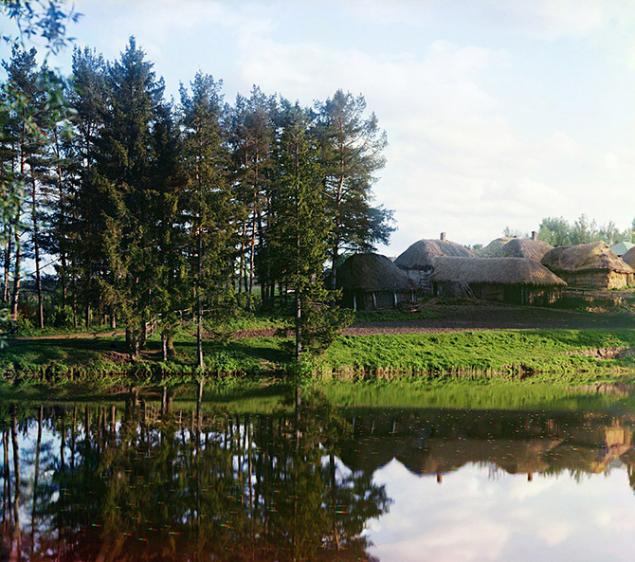
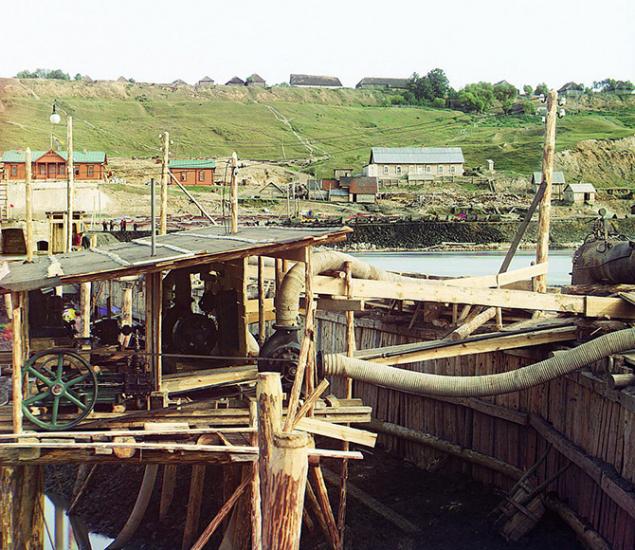
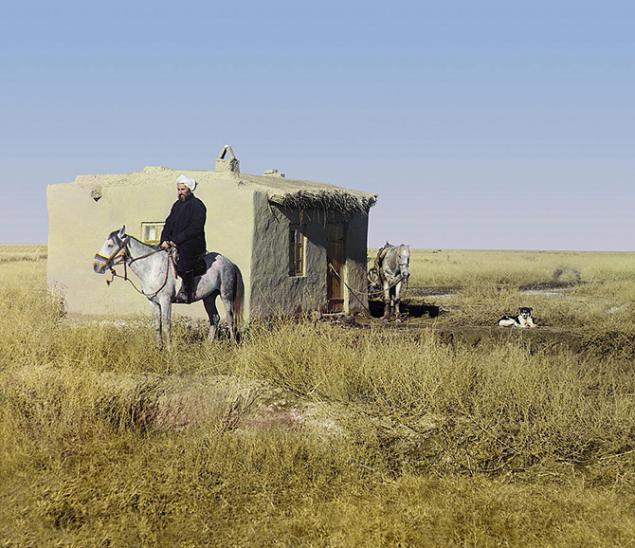
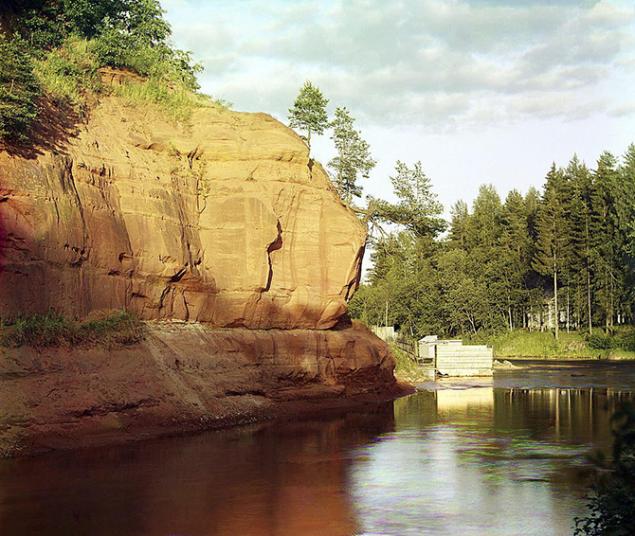
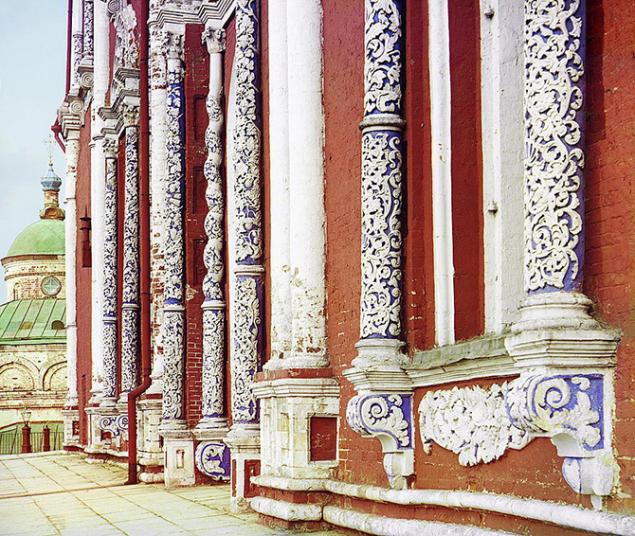
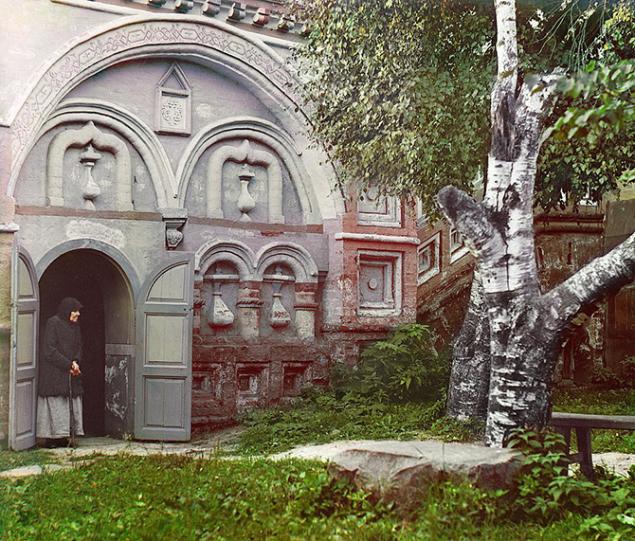
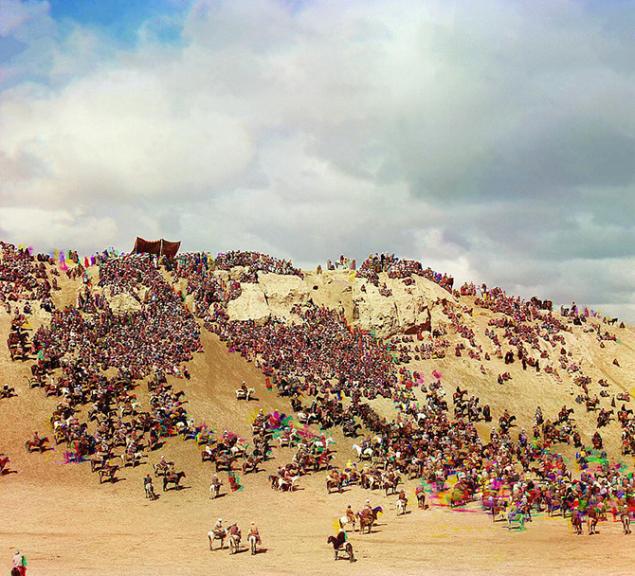
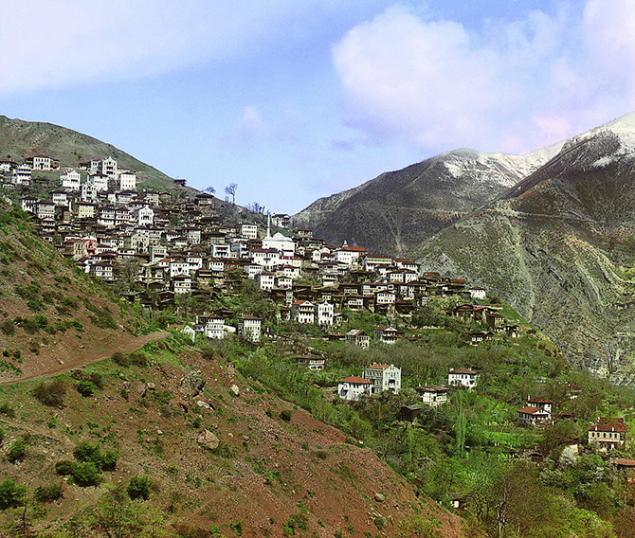
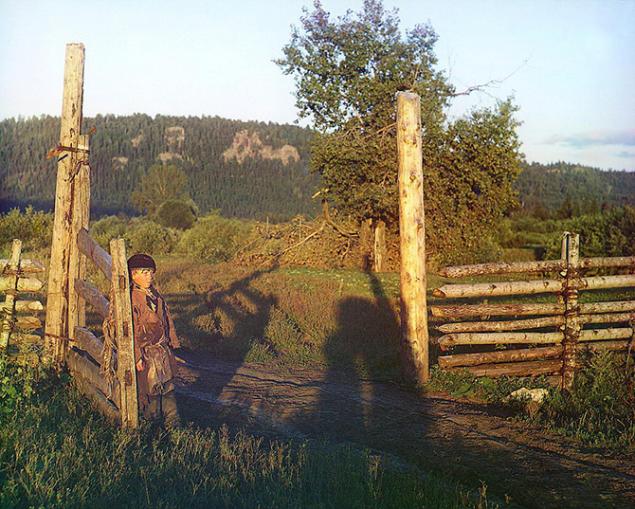
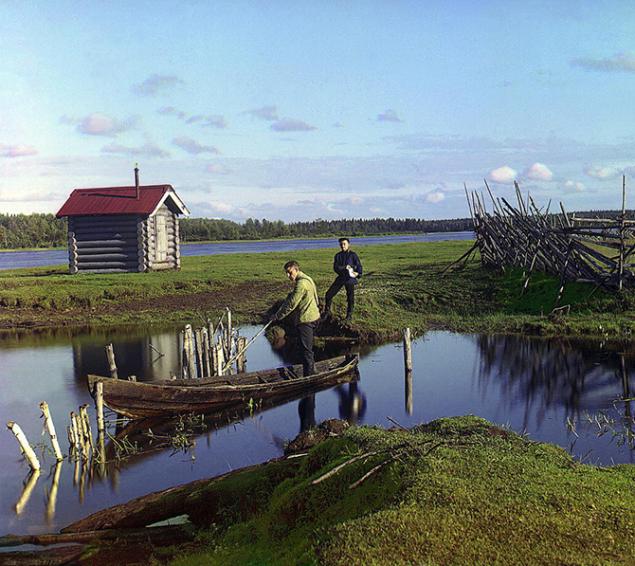
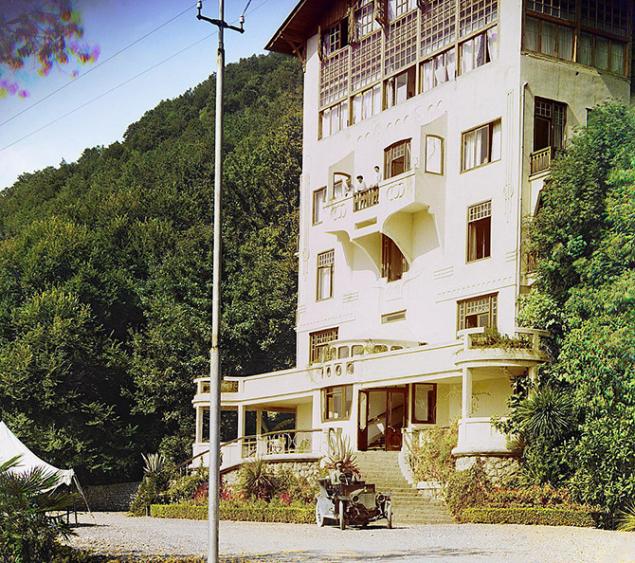
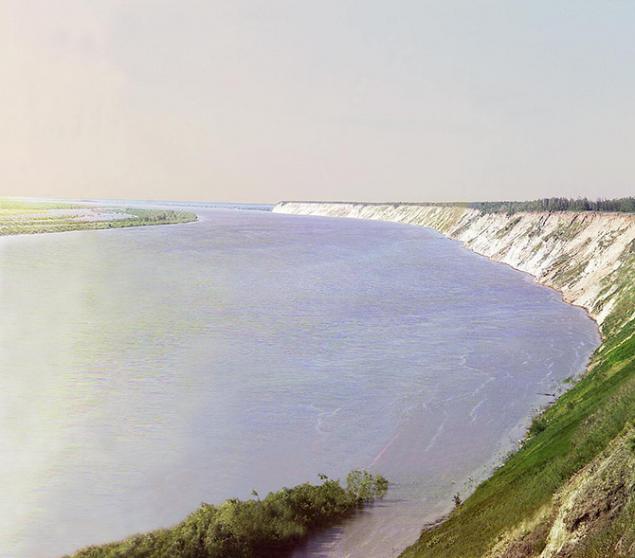
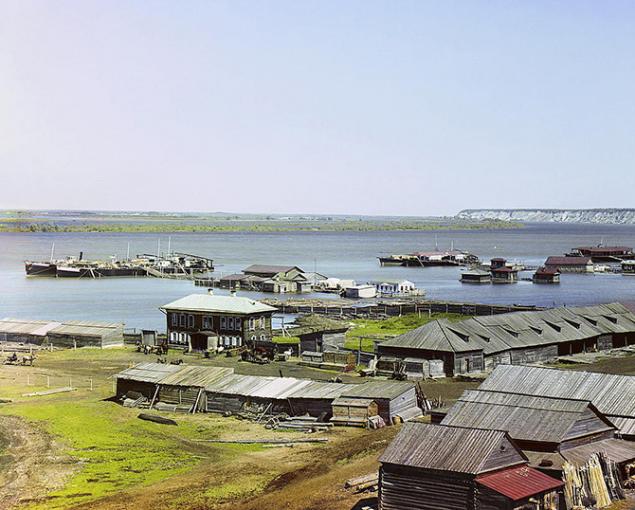

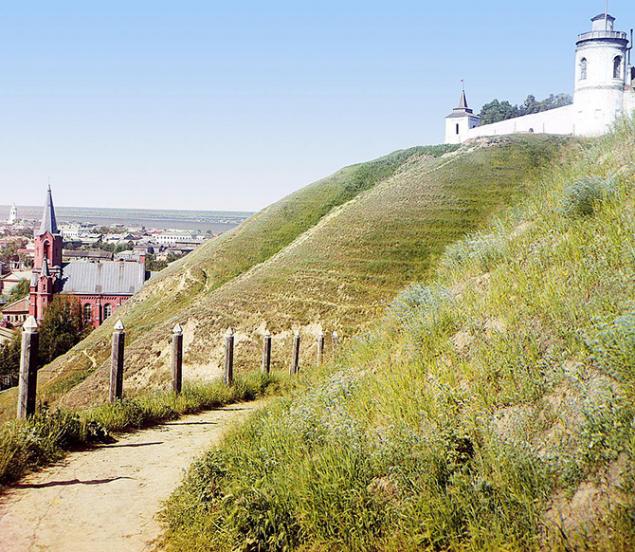
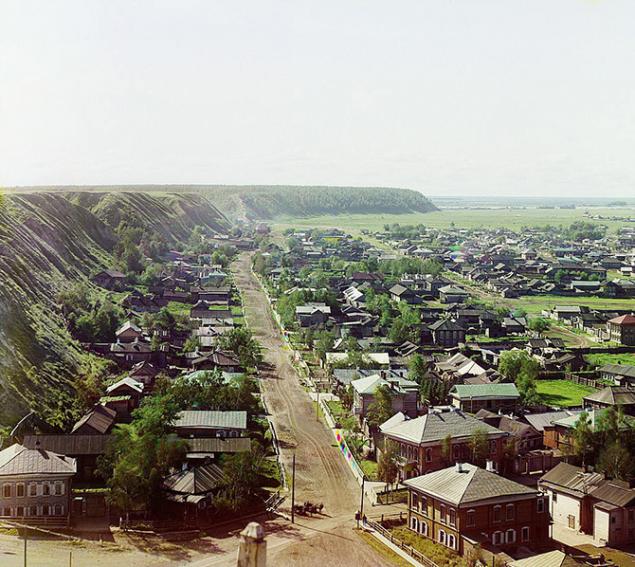
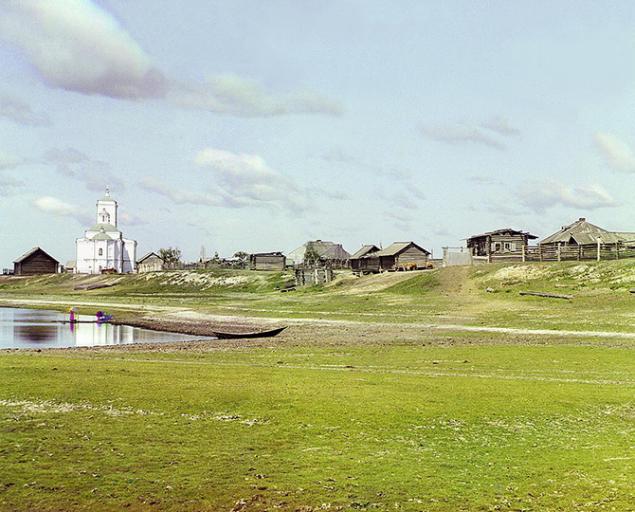
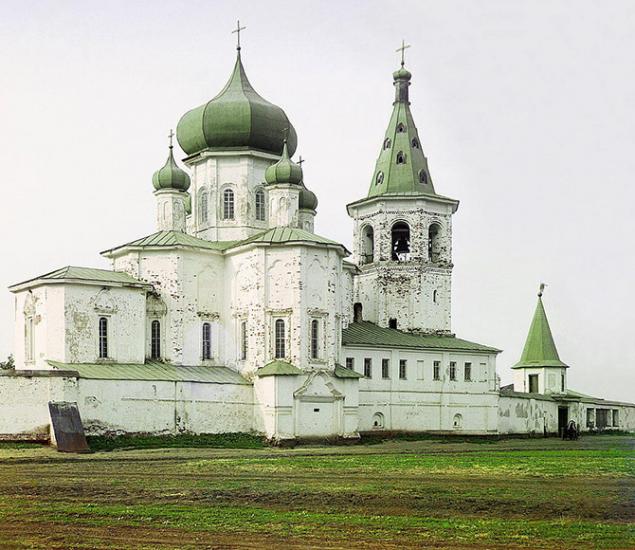
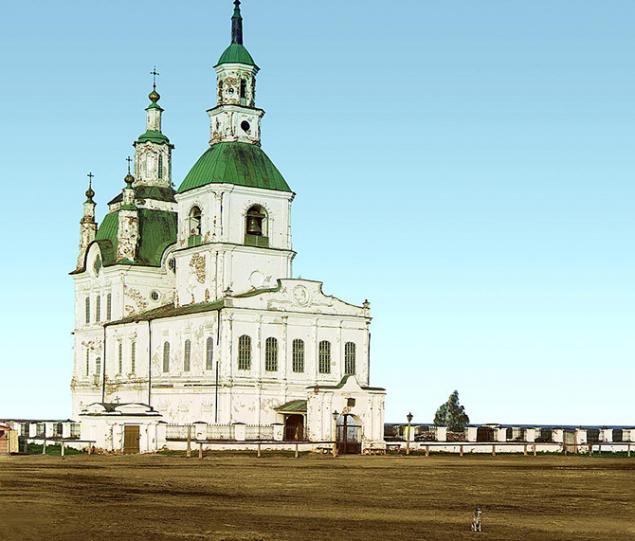
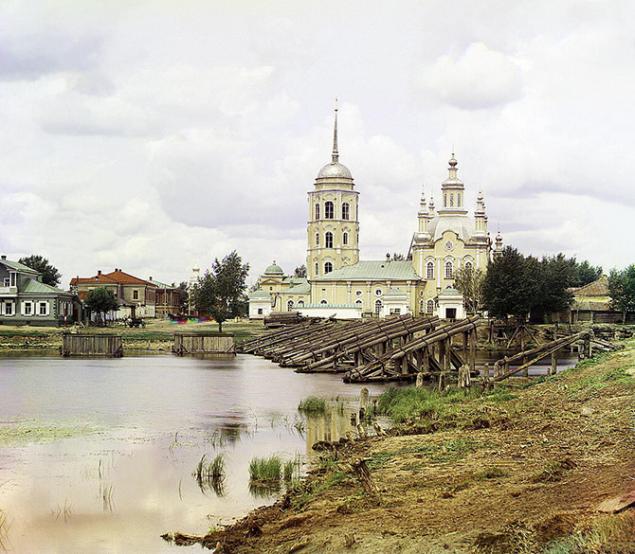
See also: 45 genre pictures of pre-revolutionary Russia
via grimnir74.livejournal.com/5368708.html

talented chemist, keen photographer, a graduate of the St. Petersburg Institute of Technology, Sergey Prokudin-Gorsky, in 1906 published a series of articles devoted to the principles of color photography. During this period, he had perfected a new method provides the same color sensitivity across the spectrum, he could already make color images suitable for projection. Then he develops and a method of transferring a color image based on the separation of colors into three components. He shot the objects three times through three filters - red, green and blue. Get three positive black and white plates.

For later playback image he used a three-section slide projector with a blue, red and green. All three images on three plates simultaneously projected on the screen, whereby the present had the opportunity to see full-color image. As for 1909 is already well-known photographer and editor of "Amateur Photographer", Sergei Mikhailovich had the opportunity to realize his dream - to make a chronicle of the Russian Empire
.

On the recommendation of the Grand Duke Michael, he outlines his plan to Nicholas II and received the warmest support. Over the next few years, the government allocated Prokudin-Gorsky specially equipped railroad car to travel for the purpose of photographic documentation of the life of the empire.

During this work it has been filmed several thousand plates. The technology display a color image on the screen.

And most importantly - a gallery of beautiful photos of unprecedented quality and volume. For the first time such a series of images has been broken down into color. Then only to output using an overhead projector to the screen.

Unusual and the fate of these photographic plates. Prokudin-Gorsky was able after the death of Nicholas II go first in Scandinavia and then to Paris, taking with them almost all the results of many years of work - glass plates 20 boxes
.

In 1920 Prokudin-Gorsky lived in Nice, and the local Russian community received a precious opportunity to show his paintings in the form of color slides. Sergey was proud that his work helped the young Russian generation on alien soil to understand and remember, looked like their lost homeland - in its most real form, preserving not only color, but also its spirit
.

The collection of photographic plates and survived numerous crossings family Prokudin-Gorsky, and the German occupation of Paris.

In the late 40-ies in the United States raised the question of the publication of the first volume of "History of Russian Art", edited by Igor Grabar. And the possibility of supplying its color illustrations. And then I remembered the translator of this work, Princess Maria Putiatina, that in the beginning of the century her father in law, Prince Putyatin presented to Tsar Nicholas II of a professor of Prokudin-Gorsky, who developed a method of color photography by color separation. According to her, the professor's sons lived exiled in Paris and were the custodians of the collection of his images.

In 1948, a representative of the Rockefeller Foundation acquired Marshall from Prokudin-Gorsky about 1,600 photographic plates for the sum of $ 5,000. Since then, the plates were kept for many years in the US Library of Congress.

Only recently someone had the idea to try to scan and combine trehplastinochnye photographs Prokudin-Gorsky on the computer. And it happened almost a miracle - seemed lost images alive forever
.

























































See also: 45 genre pictures of pre-revolutionary Russia
via grimnir74.livejournal.com/5368708.html
The most important facts that you should know about introverts - people who live in its own rhythm
10 hardy plants for your home that require little maintenance

